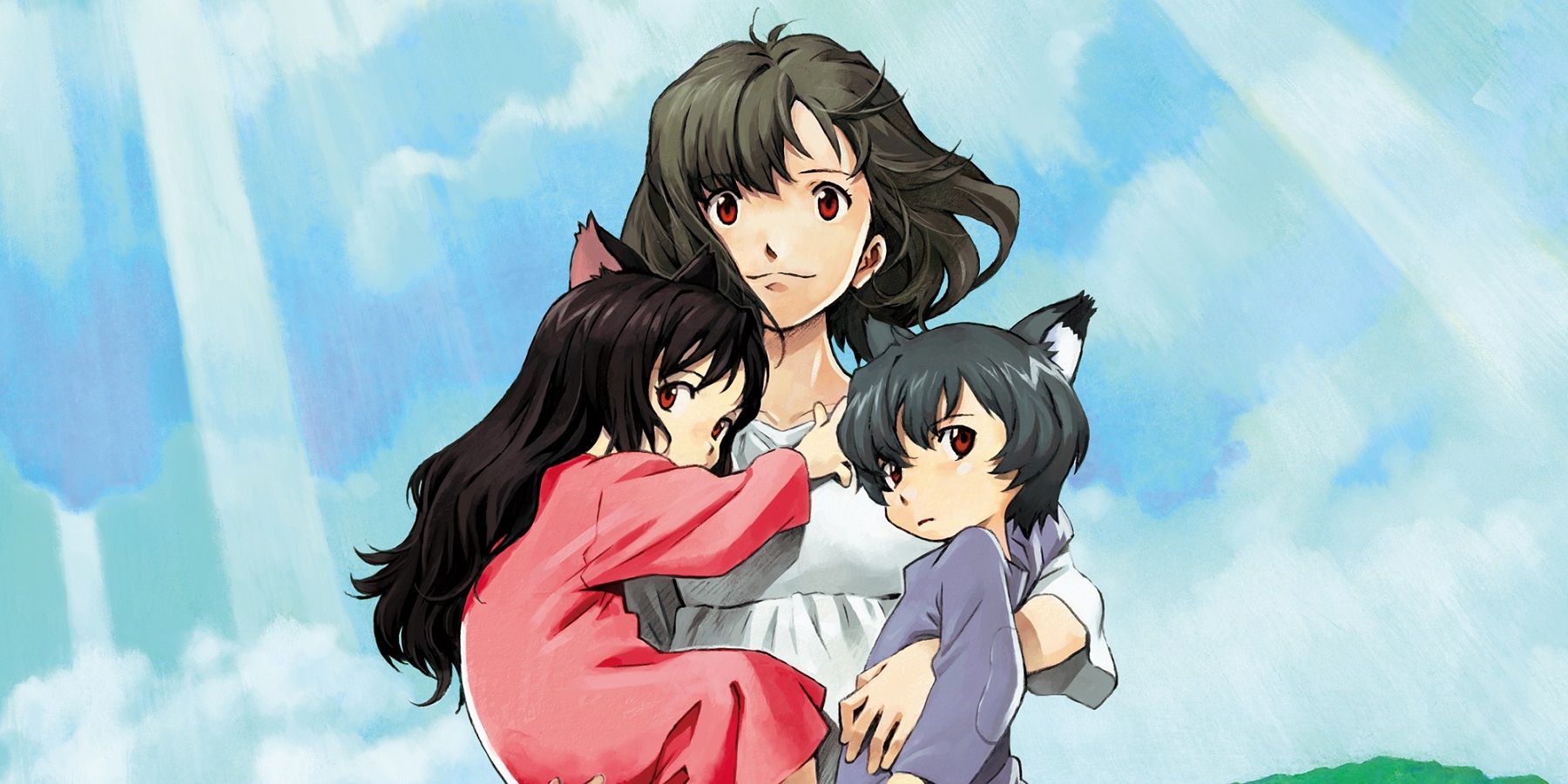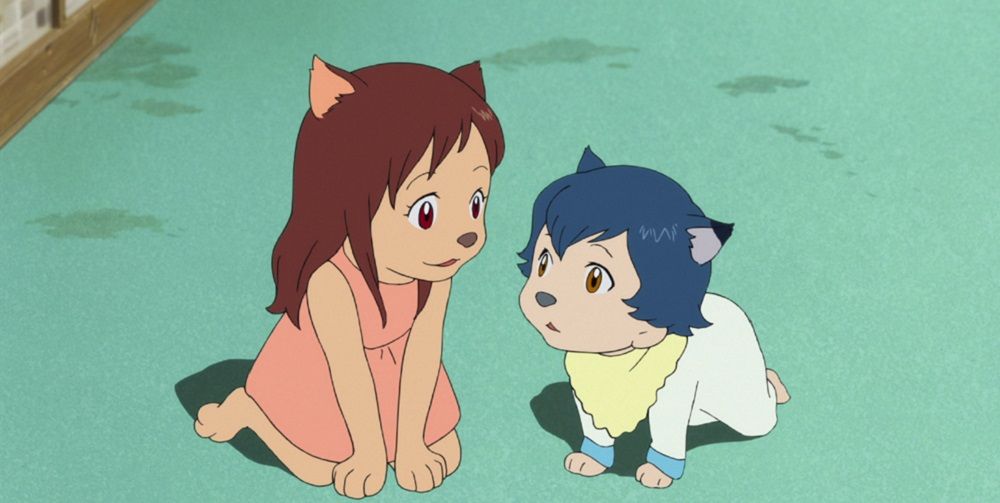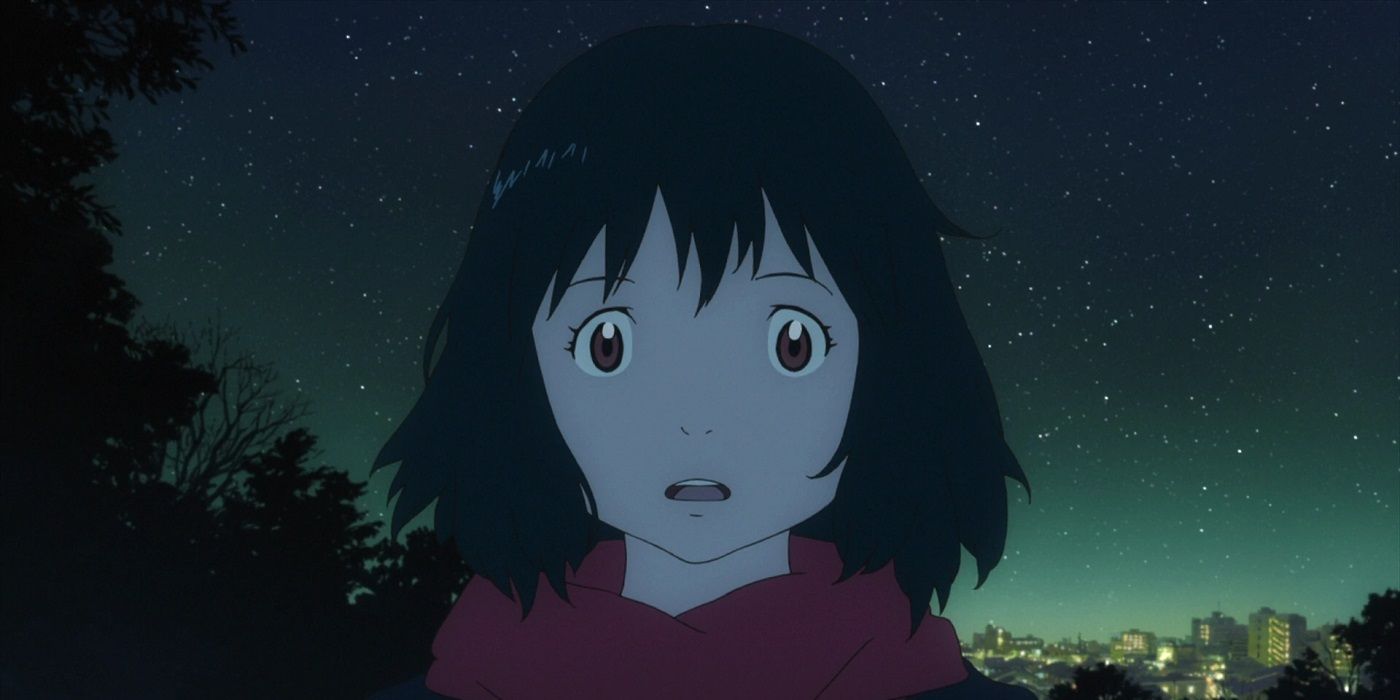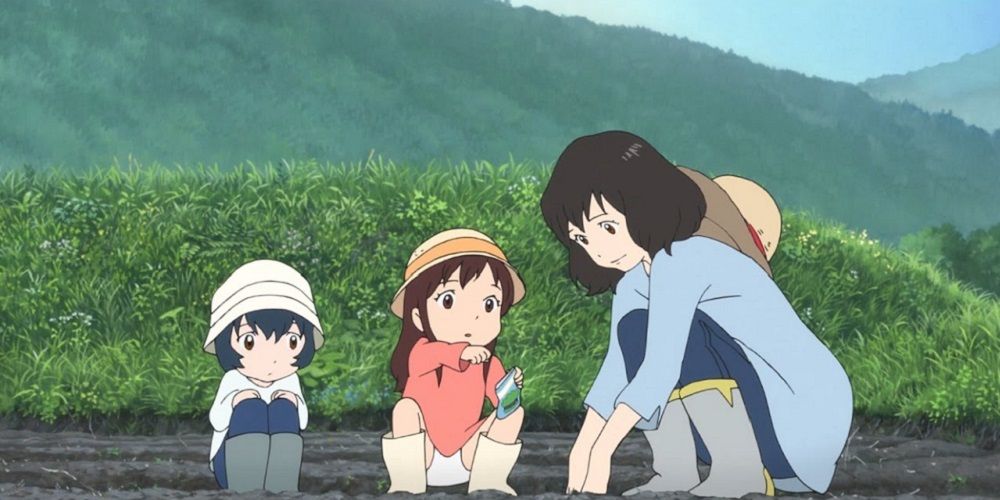Being biracial and multiracial comes with unique experiences and challenges not posed to those of monoracial backgrounds. Wolf Children is a beautifully written movie that gives representation to those of biracial/ multiracial backgrounds and the daily struggles they face living in a predominantly monoracial society.
Growing up half-human and half-animal in today's world would obviously come with a lot of issues and obstacles. These challenges are portrayed in Wolf Children as the two protagonists, Ame and Yuki, struggle with accepting both their human and wolf sides. This movie is symbolic to those of mixed race backgrounds and illustrates the real world struggles of being multiracial.
Half-Wolf Siblings In A Human World
As young children, Ame and Yuki were unaware of the fact they were different from everyone else. All they knew was what their mother taught them; that they had to hide their wolf side from the rest of the world. On one occasion, their mother asks whether they want to live as humans or wolves, implying they could choose one or the other, but not both. They didn't understand her question at the time, but as they grew up and got older, they began to notice the differences between them and the other kids their age. Yuki, who loved letting her wolf side out as a child, began to feel very insecure of her wolf half while trying to make friends at school. She didn't have a lot of common interests or hobbies with the other girls, making her feel like an outsider. In order to fit in, she suppressed her wolf background and began identifying more with her human side. She swore to never transform into a wolf again and began to live her life as a normal human girl.
Ame, on the other hand, grew up hating the fact that he was part wolf. He was ashamed of his wolf half and didn't identify with it at all because humans were scared of wolves, and he didn't want to be scary. As he got older, he began to find more joy in being a wolf than he did in being a human. He did not fit in at school and wanted to live in the mountains as a full-fledged wolf with the rest of the animals. Both siblings struggled with their sense of identity and had a hard time accepting both halves of them. Their communities and surroundings also pressured them to pick one side or the other; they could not live in the human world as half-animal, and they could not live in the animal world as half-human. In the end, they found it easier to live and fit in by choosing one or the other half to identify with.
Pressures To Pick One
The emotional turmoil and societal expectations laid upon Ame and Yuki are nearly identical to the struggles of being biracial/ multiracial. Many people express how lonely it is growing up mixed-race. Just as Yuki struggled to make friends and relate to her human classmates, multiracial kids and even adults often have a hard time fitting in and finding a community they feel they belong in. Ame and Yuki struggled to find a place for themselves in the world that would accept both their wolf and human sides. Humans were fearful of wolves, so Yuki chose to give up her wolf side and live as a human.
The animals in the mountains were fearful of people, so Ame chose to give up his human half and live as a wolf. Studies have shown that multiracial individuals who struggle with their sense of identity and belonging often feel external pressures to "pick" a side. They report that the social pressure of having to "pick" one of their racial groups to identify with causes a lot of emotional and psychological torment. These feelings, along with the expectations of their peers, cause mixed-race individuals to have insecurities and doubts in their identity, causing an identity crisis.
Many biracial and multiracial individuals experience something called "Racial Impostor Syndrome," which Tamia Adolph describes as "feelings that biracial or mixed-race people experience as they exist in the intersection of different cultures and identities. We often feel like we are frauds or impostors in the races we are mixed with. For example, someone may be white-passing, but half-white and half-black, and feel that they can’t claim black culture as their own."
The term "passing," in this scenario, refers to when an individual physically appears to be of one race, even though they may be multiracial. Many mixed-race individuals who are "passing" feel pressured to identify with the race they "pass" as. People of mixed-race backgrounds are told they are "not enough" of one of their races to identify with it, therefore pushing them to identify solely with the other part of them. These individuals begin to feel like outsiders, excluded from their own heritage, culture, and communities.
Going Through Changes
Throughout the movie, both Ame and Yuki go through identity changes as they experience more of the world and discover who they are. Yuki first identified with her wolf side more, but decides to identify with her human side later on when she wants to make deeper connections with her human peers. Yuki, on the other hand, originally felt more connected to his human half, but later on chooses to identify with his wolf half when he wants to become closer to nature and animals. Throughout their lifetimes, many people of biracial/ multiracial backgrounds will change how they identify, switching between their races/ ethnicities as they try to understand themselves better and find their place and community in the world.
Wolf Children is a bittersweet movie that is sure to make you laugh, cry, and reflect on the experiences and challenges multiracial individuals face. While currently there isn't a lot of biracial/ multiracial representation in media, as the mixed-race population continues to grow, so too will the number of books, movies, and TV shows portraying them.
Source: SAGE Journals, The Tempest




